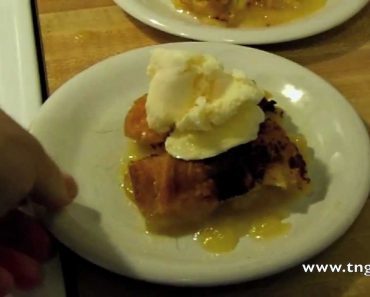Malfunctions of equipment happen “they happen, and you can get blown away –Lee Paige”. Depending on the type of class, and the instructor teaching the response will differ. Responses range anywhere from raise your hand and an instructor will fix it to “what the heck are you doing, fix it and get back in […]
Month: July 2012
Don’t Talk to Police After a Shooting?
If you carry a handgun for self defense you owe it to yourself to watch this video. Don’t Talk to Police sets forth some essential knowledge to protect yourself after a use of force incident. This goes in the face of a lot of what seems to be common thought. Good guys have nothing to […]
Award Winning Mountain Dew Apple Dumplings
Today I have another recipe that I think is a cool way to use common ingredients. Once again this is not a “prepper” recipe (and it’s probably the last of such for a while), but when I was shown it, I just had to share it. It is just that good… This Mountain Dew Apple Dumplings […]
How to Test the Effectiveness of Different Homemade Faraday Cages
I feel we covered the theory of EMP in the last article, so now I want to link to some videos of the Homemade Faraday Cages experiments I have done trying to find the best system for protection of my personal equipment. Like I said in the previous article, you hear a lot of […]
Ayoob Revolver Reload Using Bianchi Strip
According to Wikipedia Massad Ayoob is an internationally known firearms and self-defense instructor. He has taught police techniques and civilian self-defense to both law enforcement officers and private citizens since 1974. He was the director of the Lethal Force Institute (LFI) in Concord, New Hampshire from 1981 to 2009. Ayoob now directs the Massad Ayoob […]





